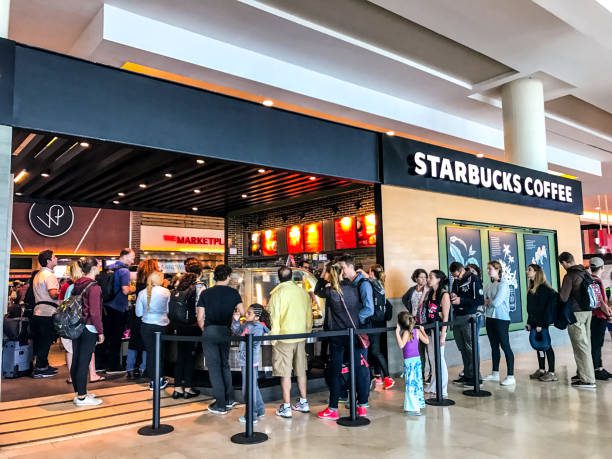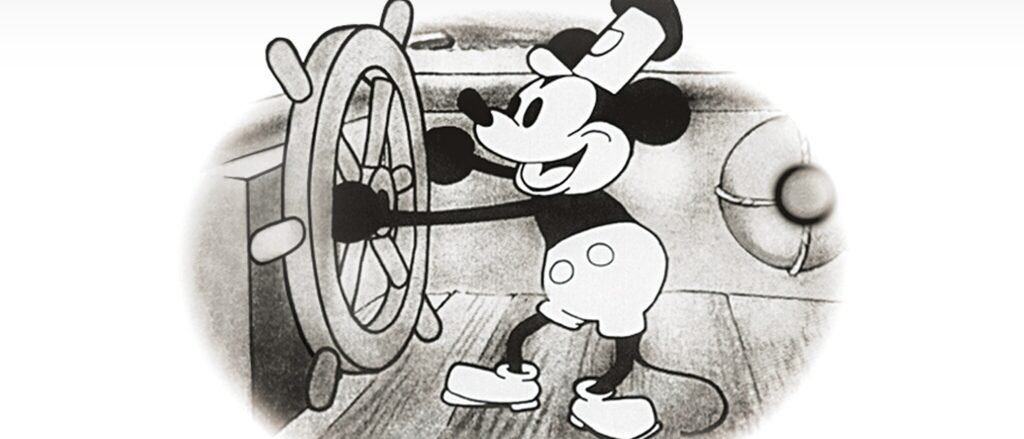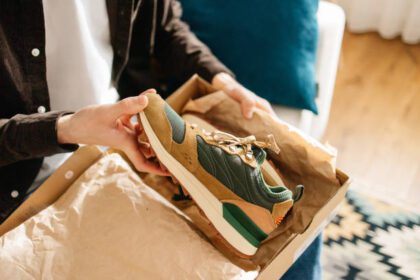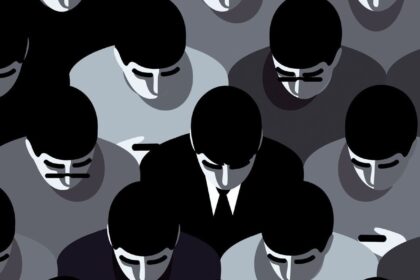When Rock Bottom Becomes the Launchpad
For many entrepreneurs, the road to success isn’t straight it’s full of crashes, pivots, and near-bankruptcy moments. But the most inspiring stories often come from those who hit rock bottom and still found a way up.
According to the Global Entrepreneurship Monitor, over 70% of businesses fail within the first five years, but failure doesn’t always spell the end. For some, it’s the turning point. These are the founders who went broke and came back booming.

Howard Schultz: From Rejection to Starbucks Revolution
Howard Schultz’s vision for Starbucks turning coffee into a cultural experience was rejected by 217 investors before anyone believed in him. At one point, he was nearly out of funds and ready to quit.
Today, Starbucks is a $100+ billion global brand, and Schultz’s comeback story remains a blueprint for resilience.
Lesson: If your idea feels ahead of its time, persistence can turn “no” into global yes.

Walt Disney: Bankrupt Before Building Magic
Before Disneyland, Walt Disney faced bankruptcy when his first studio failed. Broke and nearly homeless, he clung to one character: Mickey Mouse. That spark ignited an entertainment empire worth over $180 billion today.
Lesson: Sometimes the smallest creative spark can light the path to recovery.

Daymond John: From Sewing Hats to FUBU Empire
Daymond John, now a Shark Tank investor, started FUBU by sewing hats in his mother’s house. At the time, he was broke, working shifts at Red Lobster to pay bills. He mortgaged his home to fund FUBU and risked everything.
That gamble turned into a $6 billion fashion brand, proving that hustle can outlast poverty.
Lesson: Resourcefulness is a bigger asset than capital.

Jan Koum: Food Stamps to WhatsApp Fortune
Jan Koum, co-founder of WhatsApp, grew up on food stamps after immigrating from Ukraine. He was once rejected for a job at Facebook. Years later, Facebook bought WhatsApp for $19 billion, one of the largest acquisitions in tech history.
Lesson: Humble beginnings don’t dictate your future they can fuel it.

Sara Blakely: $5,000 Savings to Spanx Success
Before becoming the world’s youngest self-made female billionaire, Sara Blakely was selling fax machines door-to-door. With just $5,000 in savings, she bootstrapped Spanx into a global shapewear empire valued at over $1 billion.
Lesson: A small idea plus relentless drive can outperform giant competitors.

Conclusion: Broke Is Temporary, Booming Is Possible
The stories of Schultz, Disney, John, Koum, and Blakely show that “broke” is not the end it’s a stage. Each faced financial collapse, rejection, or poverty, yet used grit, creativity, and vision to engineer staggering comebacks.
For entrepreneurs today, the takeaway is clear: failure is temporary, but resilience is permanent. If your business is struggling, remember that some of the world’s greatest companies began at their founders’ lowest points.
Broke is just the beginning booming is what happens when you refuse to stop.
FAQs
1. What defines a startup comeback?
A business or founder that recovers from near-failure or financial collapse to achieve major success.
2. Which is the most famous startup comeback?
Walt Disney’s rebound from bankruptcy to create Disney is often cited as the greatest.
3. How do founders survive financial failure?
By cutting costs, pivoting business models, and finding new sources of capital.
4. Do investors trust entrepreneurs who failed before?
Yes if they show they’ve learned from failure and adapted.
5. What’s the key mindset for a comeback?
Resilience, creativity, and the willingness to pivot when necessary.






